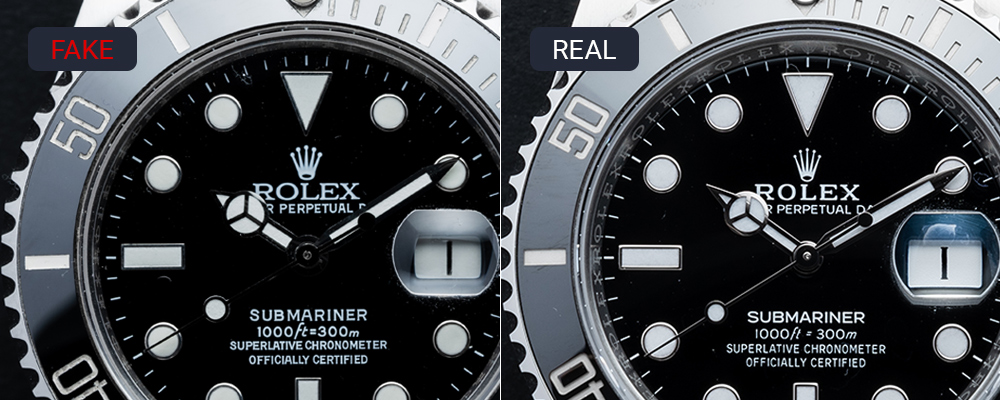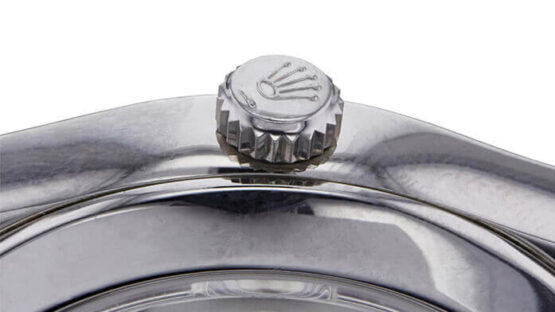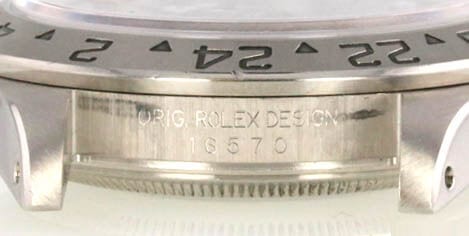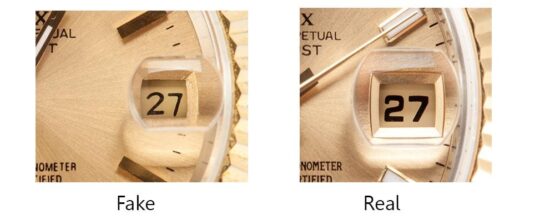
How to Authenticate Your Rolex: A Guide to Spotting the Real Deal
With its reputation for luxury, precision, and timeless style, Rolex stands as one of the most coveted watch brands in the world. Unfortunately, its popularity has also made it a target for counterfeiters. If you’re considering purchasing a Rolex or already own one and want to ensure its authenticity, it’s essential to know how to distinguish between the real deal and a counterfeit. In this guide, we’ll walk you through the key steps to authenticate a Rolex watch, so you can buy and wear with confidence.
Inspect the Case and Crown: One of the first things to examine when authenticating a Rolex is the case and crown. Rolex uses high-quality materials, such as stainless steel, gold, and platinum, in its watches. Inspect the case for any signs of poor craftsmanship, such as rough edges, uneven surfaces, or mismatches in color and finish. The crown should also bear the Rolex logo, and on newer models, it may feature a small crown logo etched onto the sapphire crystal.

Genuine Rolex winding crown Check the Dial and Hands: Next, scrutinize the dial and hands of the Rolex. Authentic Rolex watches feature meticulous attention to detail, with crisp printing, evenly spaced markers, and smooth, precise hands. Look for any inconsistencies in the font, alignment, or spacing of the markings, as these can be telltale signs of a counterfeit.
Examine the Movement: The movement of a Rolex is like its beating heart, and authentic Rolex watches are renowned for their precision and reliability. While it may be challenging to inspect the movement without opening the case, you can still look for certain indicators of authenticity. For example, Rolex movements typically feature intricate engravings, such as the serial number and caliber number, which should match the information provided on the accompanying paperwork.
Verify the Serial and Model Numbers: Every authentic Rolex watch comes with a unique serial number engraved on the case between the lugs, as well as a model number engraved on the case at the 12 o’clock position.

These numbers serve as a crucial means of authentication, as they can be cross-referenced with Rolex’s records to verify the watch’s authenticity and production date.- The Cyclops, in Rolex parlance, is the magnifying lens (on the crystal) above the date window on the face of their watches. On a genuine timepiece, the Cyclops is convex and magnifies the date 2.5 times for increased readability.
The cyclops on the left does not magnify the date enough. A real Rolex would magnify the date by 2.5 timesIf, on the watch, you’re considering, the magnification lens is flat and the date isn’t magnified as such, then you are likely dealing with a forgery. To spot counterfeit watches you need to pay close attention to every detail.
Seek Professional Authentication: If you’re still unsure about the authenticity of a Rolex watch, it’s always best to seek professional authentication from a certified Rolex dealer or watchmaker. These experts have the knowledge, experience, and specialized tools to accurately assess the authenticity of a Rolex and identify any potential counterfeits.
Conclusion: As one of the most iconic and sought-after luxury watch brands in the world, Rolex is no stranger to counterfeiters looking to cash in on its prestige. However, armed with the knowledge and tips outlined in this guide, you can confidently authenticate a Rolex and ensure that you’re investing in a genuine timepiece of unmatched quality and craftsmanship. Whether you’re purchasing a Rolex for yourself or evaluating one that’s already in your collection, knowing how to spot the real deal will help you enjoy your Rolex with peace of mind for years to come.



I read this post completely about the comparison of most recent and earlier
technologies, it’s remarkable article.